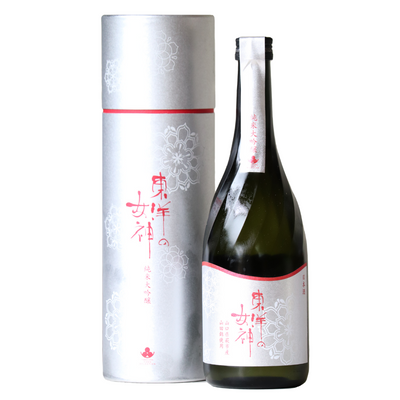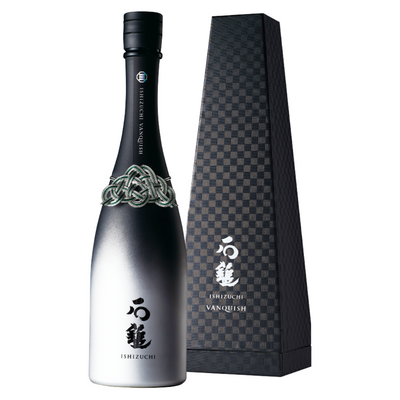Part 1: What is Sake?
Sake is a fermented alcoholic beverage made from rice that is often called rice wine. While a pedant might tell you that it’s technically not wine and more similar to beer, we will top that and tell you it’s not similar to beer either (if that wasn’t already obvious).
Is it, however, a beverage that has been as important to Japan as wine to France or beer to Germany. Japanese use it for celebrations, for religion, it’s ingrained in the local culture and the history. It has had quite an unfortunate history and a bad reputation, however, and has been on the decline for decades. The good news is that there has never been a better time to drink sake, however, with young brewers experimenting and producing at a level never before seen.
Sake is also perfectly well drunk in a range of temperatures, from cold to ambient and even hot. Sake also fits incredibly well with a range of cuisines, from everything like the obvious sushi to roasted chicken or even spicy food. And while it’s fun to drink out of a little Japanese cup (Ochoko) it’s also not done justice unless tasted in a wine glass. It should be sniffed and swirled in the glass, the aromas savored, the taste enjoyed. Lastly, it also has a similar alcohol content to wine, coming in at 15-17% compared to the 11-15% for wine.
So while from the perspective of the brewing process it might be more similar to beer, sake is definitely much more similar to wine when regarding consumption, but how about we just say it’s sake.
How is sake made
Sake is a fermented drink just like wine or beer, but the process and ingredients differ. Very simply, wine can be fermented right after the juice is pressed from the grapes because grapes contain sugar (could you imagine grapes otherwise, yuk), and yeast needs sugar to convert to alcohol. Squeeze the grapes, add yeast, and ferment, easy peasy.
Beer on the other hand is made from barley, which contains no sugar, and thus another step needs to be taken (hence the similarity to sake). The barley must first be malted, during which time natural enzymes convert the starch stored in barley into sugar. This brew (wort) can then be fermented. First, convert starch to sugar and then sugar to alcohol, that’s two steps but also not too bad.
Rice could also be malted of course, but since sake is usually made from polished rice and can thus no longer germinate, another process needs to be found. Long ago when people didn’t yet get grossed out by other people, rice used to be chewed to convert the starch to sugar and then spat out into a vat and fermented. We now have a much more hygienic (and delicious) way of making that starch to sugar conversion, via a wonderful mold called koji (more on that later).
The koji mold settles on the rice and converts the starch into sugar, which replaces the malting process of beer. However, unlike beer, this is not a two-step process. The starch to sugar and sugar to alcohol conversion happens at the same time in the same tank, adding a level of complexity that is both difficult to perfect and difficult to explain (we’ll go into that later in the guide though).




